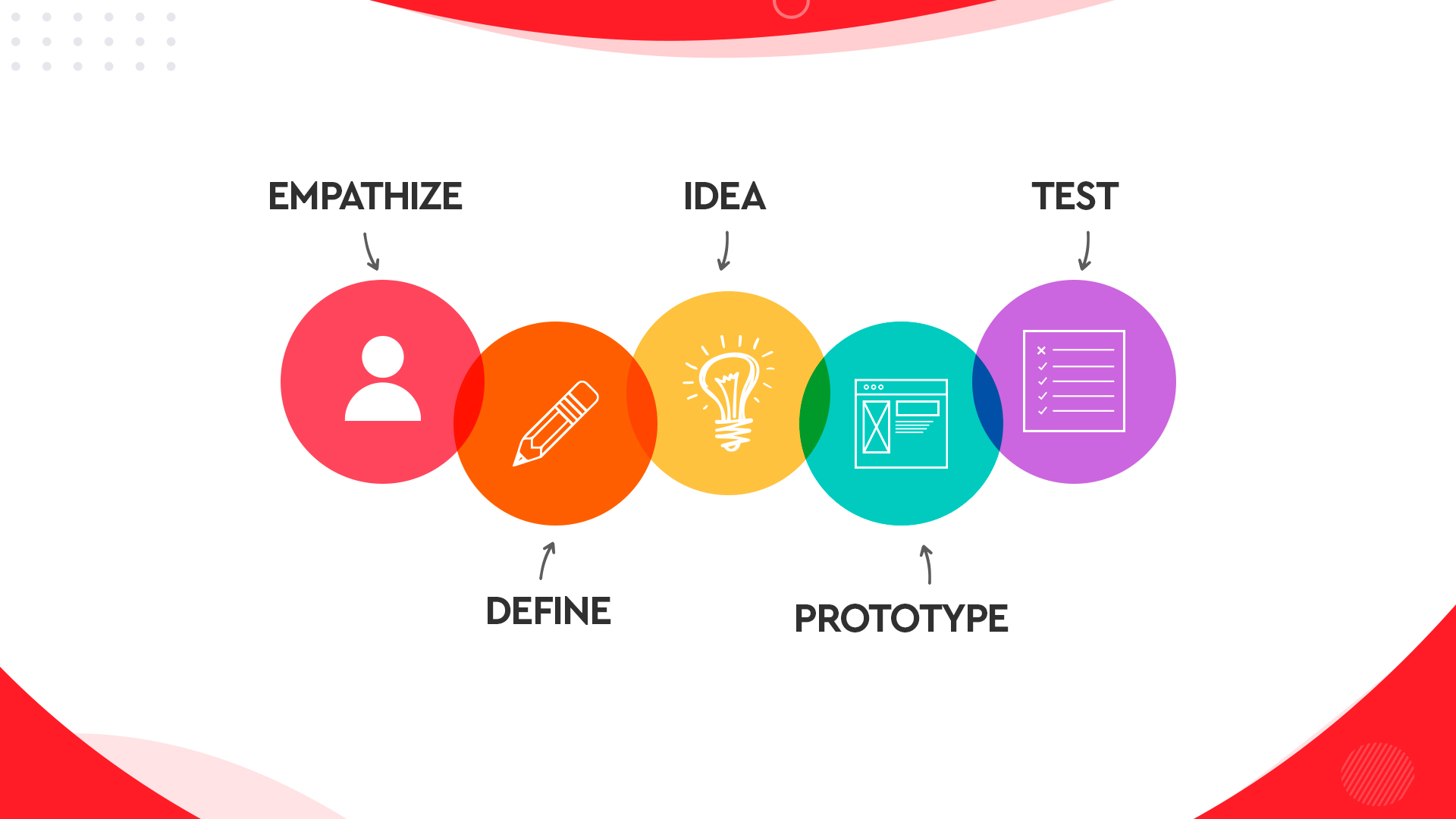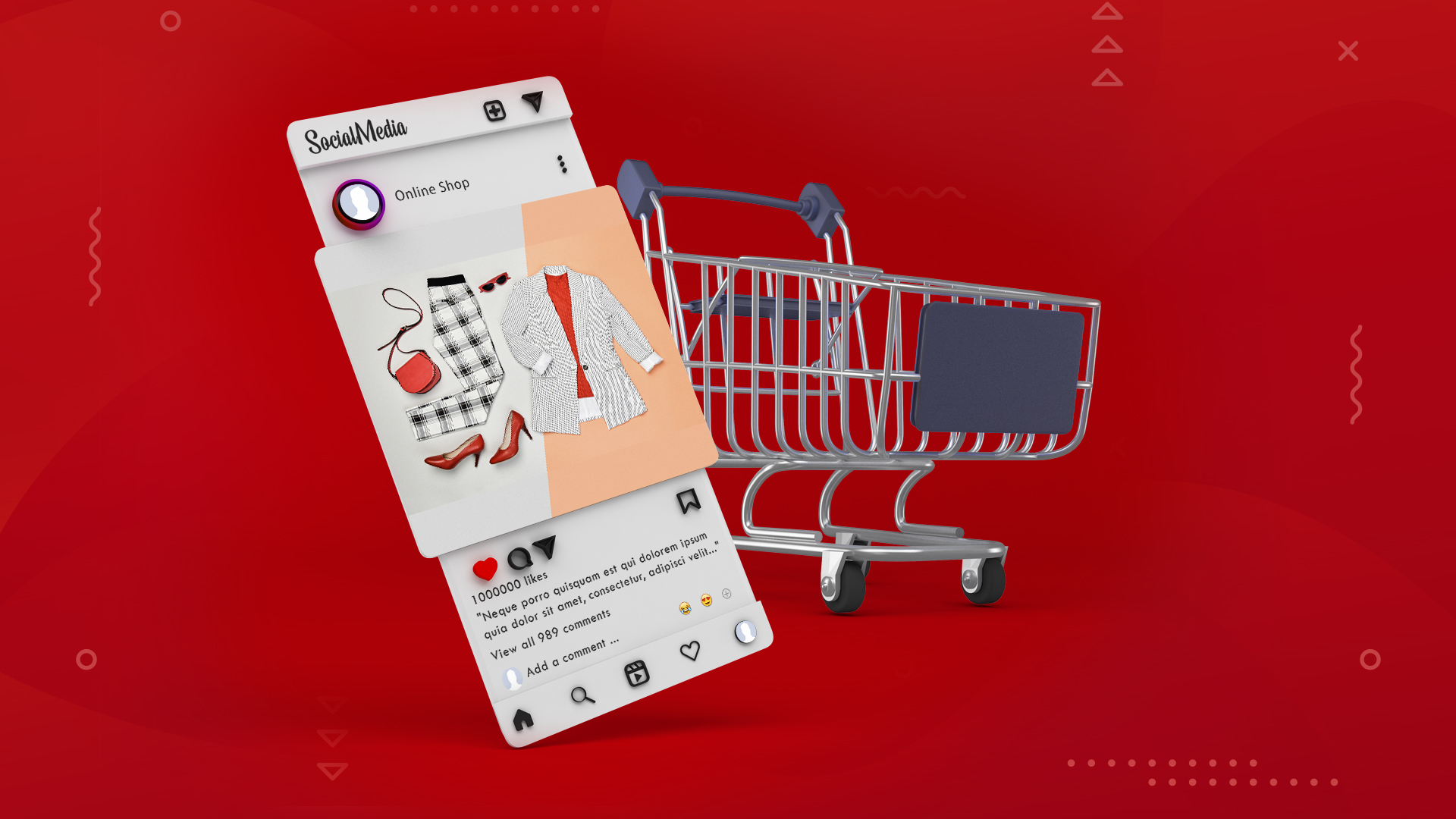Design Thinking is not restricted to one method, nor is it limited to designers. The practice expands to every domain – HR, engineering, science, manufacturing, and more.
“It’s a natural human exercise.”
We do it every day, from the latest sourdough recipe to planning a shiny new home office layout. Design thinking is something we all perform knowingly and unknowingly.
Design thinking explores the uncertain situations in the earlier phase of the solution lifecycle and understands implications and impact by reviewing assumptions, risks, issues, and dependencies.
“Design thinking is more than just building products; it can be used in systems, methods, and customer experiences.”
Let us take a look at some of the ‘non-design’ examples of design thinking and the essential steps applied in the process.
Cambodia and Vietnam Social Innovation
Design thinking was used for a sanitation project in Cambodia and Vietnam where they were faced with a ‘shitty’ problem…literally. The villagers used to defecate in the open, leading to hygiene issues and diseases. Jeff Chaplin of Ideo stepped into the shoes of local villagers (EMPATHIZE) and charted a sanitation system that is affordable, functional and, appealing at the same time. His team created PROTOTYPES and tested them to assure the end product is as expected. The outcome was Easy Latrines in Cambodia and Hand Washing Stations in Vietnam, which helped both people and businesses.
“Design thinking doesn’t just build or redesign a product, it invents a whole new experience.”
LA County Voting System
LA County is the largest voting jurisdiction in the US. When its voting system did not serve the needs of the present, the County collaborated on prototyping a new voting device that would be intuitive and accessible to all, including people with disabilities, low vision or hearing, or who speak different languages (EMPATHY)
The team focused on building a voting system that would be customizable for different user experiences (DEFINE). Touch screens guide voters through the process, and those with low vision are assisted by audio. On making their selection, they receive a printed paper ballot that goes into an integrated ballot box (as the paper ballot is still mandated by law). The device supports 11 languages, to make the process easier and clear for the voters. The result? Versatile voting experience that brings equal access to meet the needs of today’s voters.
“Design Thinking is a human-centered, immersive process that can solve problems within an organization, and in the real world.”

IKEA
IKEA focuses on delivering innovative products to its consumers at the lowest prices possible by blending design, business, and lean manufacturing to face competitive hurdles and boundaries, which allows them to adapt and transform quickly in response to new issues presented by the digital era. (DEFINE)
Although creativity at a low price involves more stirring design thinking, the success of this harmonizing act has put IKEA among the world’s leading companies in the furniture industry. They redefined their sector and charmed other sectors through their innovative drive and design to constraints discipline.
“Add the extra layer of thinking to get a competitive edge in meeting customers’ needs.”
The earlier way of thinking applied building the product first, and the interactions later. Now, there are various channels to gather data about users to stay on top of the game and ensure more fulfilling customer experiences.
There are a wide variety of structures to approach the design thinking process. Though, all design thinking approaches have one thing in common. They encourage you to resist the urge to jump to the easiest solution or try to solve a problem that is not fully defined. At its core, design thinking is an innovative process that puts the problem at the center of the process.
At HOD, we practice design thinking regularly across our business units of lead generation, UI/UX, marketing, digital consultation, and more to generate favorable outcomes. We utilize this process to solve problems both internally and for our projects. Try it in your next problem-solving session to come up with some creative solutions! Need help? We’ve got you covered.




